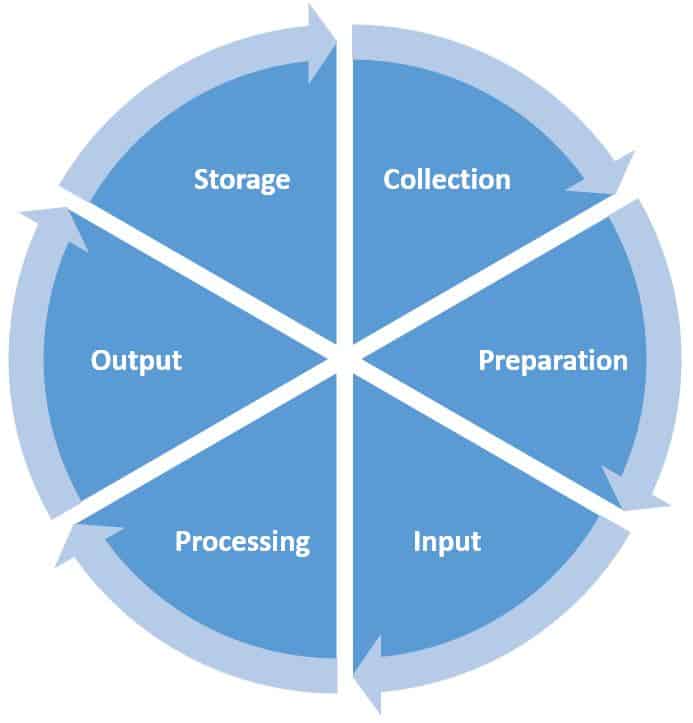Advantages of Electronic Data Processing
Published On April 08, 2014 - by
Admin
In the modern age, no matter the size of the organization, immense amount of information is generated every day that require Electronic Data Processing. This data ranges from the obvious (documents and invoices) to the less obvious, and often uncollected (phone conversations, brainstorming meetings). Whether your organization collects and manages every bit of information generated during the day or just a selected set of data, it could benefit from a robust Electronic Data Processing strategy.
Advantages of EDP
Electronic Data Processing (EDP) is the digital management of databases, typically stored on a shared server and allow simultaneous access to all parties. There are several distinct advantages to employing EDP:
- Speed. Information stored and managed via EDP can be retrieved almost instantly on a well-maintained internal network or even the Internet.
- Efficient. Summary documents and related materials such as invoices, reports, and statements can be automatically and quickly generated via EDP.
- Economic. Once an Electronic Data Processing system is created and implemented, over time it reduced the costs of managing data by a significant margin.
- Reduced Labor. Duplication of effort and repeated entries due to mistakes in manual data entry are reduced or eliminated by EDP.
 Elements of Electronic Data Processing
A well-designed and implemented EDP system in a
data processing company will generally be composed of four basic elements:
- Hardware: The servers and desktops or terminals used to enter and store data.
- Software: Spreadsheets, custom applications, databases, and other pieces of code used to manage and collect the data.
- Procedure: A coherent and agreed-upon system for entering and manipulating data, designed to eliminate duplication of entry and data corruption.
- Personnel: The staff trained to work with the EDP, ranging from the entire work force to a select group.


